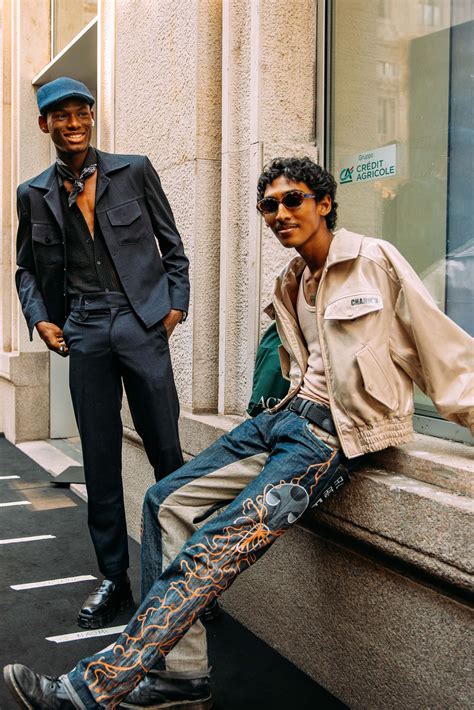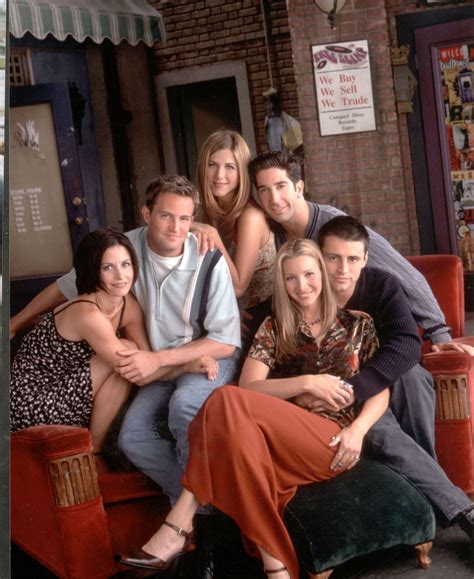The landscape of male friendships is often depicted through a lens of shared activities and lighthearted banter. Beneath this surface, however, lies a complex interplay of emotional needs and provisions. For many men, navigating the desire for and the offering of emotional support within their closest platonic relationships is a nuanced dance, shaped by societal expectations, personal comfort levels, and the unique dynamics of each bond.
Traditional Norms and Unspoken Rules
Historically, societal norms have often encouraged men to embody stoicism, discouraging overt emotional expression, particularly vulnerability. This has led to an unwritten code within many male friendships where direct declarations of emotional need or deep self-disclosure are less common. Instead, support is frequently communicated through actions rather than words. A friend might show up unannounced to help with a practical task, offer a distraction, or simply be a reliable presence during tough times, all without explicit acknowledgment of the underlying emotional support being given or received.

The “Shoulder-to-Shoulder” Approach
A hallmark of male friendship is the “shoulder-to-shoulder” dynamic, where intimacy is often fostered through shared experiences and parallel play rather than face-to-face intense conversation. Activities like sports, gaming, working on a project, or simply hanging out can create an environment where emotional bonds deepen organically. Within these shared spaces, subtle cues and brief, honest exchanges can convey profound understanding and support. A knowing look, a comforting silence, or a well-timed joke can serve as powerful affirmations, allowing men to feel seen and understood without the pressure of a more direct, verbal confrontation of feelings.
This indirect approach allows for emotional check-ins to occur in a more comfortable, less “vulnerable” setting. It provides a safety net where men can discuss life’s challenges, career woes, or relationship issues while engaged in another activity, which can feel less exposed than a direct, seated conversation about feelings. The shared context acts as a buffer, making emotional disclosures more manageable.

Breaking Down Barriers: The Shift Towards Openness
While traditional patterns persist, there’s an observable shift towards greater emotional openness in male friendships, especially among younger generations or in friendships that have matured over time. As societal norms evolve and discussions around men’s mental health gain prominence, more men are becoming comfortable with direct expressions of vulnerability. This might involve sharing struggles related to mental health, work stress, or personal relationships in a more explicit manner. The provision of support also becomes more direct, with friends offering active listening, empathy, and explicit reassurance.
This evolving dynamic doesn’t necessarily replace the “shoulder-to-shoulder” approach but rather complements it. Men who develop trust and intimacy through shared activities may eventually feel secure enough to delve into more direct emotional conversations. This transition is often gradual, marked by increasing comfort and a mutual understanding that the friendship is a safe space for genuine emotional expression.

The Value of Deep Male Friendships
Regardless of the method, the need for emotional support within male friendships is profound. These relationships serve as crucial pillars for mental well-being, providing a sense of belonging, validation, and a vital outlet for navigating life’s complexities. Studies consistently show that strong social connections are linked to better health outcomes and increased longevity for men. When men feel supported by their friends, they are better equipped to cope with stress, overcome adversity, and maintain a healthier perspective on their own challenges.
The ability to both give and receive support, whether directly or indirectly, strengthens these bonds, fostering resilience and mutual growth. It reinforces the idea that true strength lies not in emotional invulnerability, but in the courage to lean on others and be a reliable anchor in return.

Ultimately, men navigate emotional support in their closest friendships through a blend of established traditions and evolving practices. While shared experiences and indirect gestures remain powerful conduits for connection, there’s a growing recognition of the importance of direct emotional engagement. Understanding these dynamics helps us appreciate the depth and complexity of male bonds and encourages a more nuanced perspective on how men build and sustain meaningful, supportive relationships.




